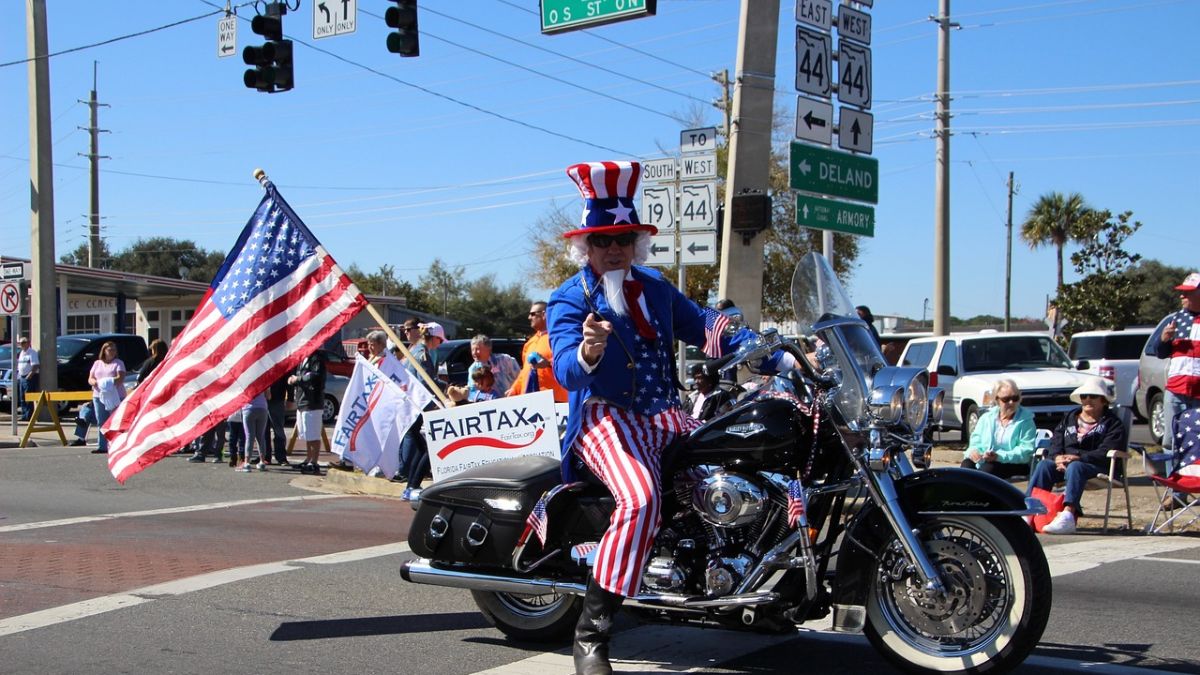Uncle Sam, the iconic symbol of the United States, is a figure deeply embedded in American culture and history. From patriotic posters to political cartoons, this emblematic character has represented the spirit and identity of the nation for centuries. Here are 10 intriguing facts shedding light on the origins, evolution, and cultural significance of Uncle Sam.
The Birth of Uncle Sam
Contrary to popular belief, Uncle Sam wasn’t born out of thin air. The character’s origins can be traced back to the War of 1812. Samuel Wilson, a meatpacker from Troy, New York, supplied barrels of beef to American soldiers. These barrels were stamped with “U.S.” for United States, and soldiers jokingly referred to the provisions as coming from “Uncle Sam.”
The Iconic Appearance
James Montgomery Flagg’s illustration of Uncle Sam pointing directly at the viewer with the caption “I Want You For U.S. Army” is perhaps the most recognized portrayal. Flagg’s illustration, created for a World War I recruitment poster, became iconic and cemented Uncle Sam’s appearance: tall, bearded, wearing a top hat with stars and stripes, and dressed in red, white, and blue.
Evolution of the Name
The name “Uncle Sam” became widely accepted over time, gradually replacing earlier incarnations like “Brother Jonathan” and “Columbia.” The personification of the United States underwent various transitions before settling on the figure we recognize today.
Symbol of Patriotism
Uncle Sam has transcended mere representation to become a symbol synonymous with patriotism. His image has been used not only in military recruitment but also in political campaigns, advertising, and as a rallying symbol during times of national unity.
Legal Recognition
In 1961, Congress passed a resolution recognizing Samuel Wilson as the inspiration behind Uncle Sam. The resolution acknowledged his contributions during the War of 1812 and solidified his connection to the iconic symbol.

Continued Popularity
Despite originating centuries ago, Uncle Sam remains relevant in modern culture. His image continues to be used in various forms of media, merchandise, and advertising as a symbol of American pride and unity.
Global Recognition
Uncle Sam’s influence extends beyond American borders. His image is recognizable worldwide, often used in political commentary and representations of the United States in international contexts.
Uncle Sam’s Influence in Media
Beyond posters and political campaigns, Uncle Sam has appeared in numerous films, books, and artworks. His character has been adapted and referenced across a spectrum of creative mediums, solidifying his place in popular culture.
Parodies and Adaptations
Over time, Uncle Sam has been parodied and adapted in various ways, from satirical cartoons to altered depictions in art and entertainment. These adaptations reflect societal changes and differing perspectives on American politics and identity.
Legacy and Enduring Symbolism
Uncle Sam’s legacy as a patriotic symbol endures, embodying the values of freedom, unity, and American identity. His iconic image continues to evoke a sense of pride and belonging among citizens and remains an integral part of the nation’s cultural tapestry.
Uncle Sam, with his iconic appearance and historical significance, remains an enduring symbol deeply ingrained in the American psyche, representing the nation’s ideals and aspirations. His legacy continues to inspire and resonate across generations, embodying the spirit of the United States.










